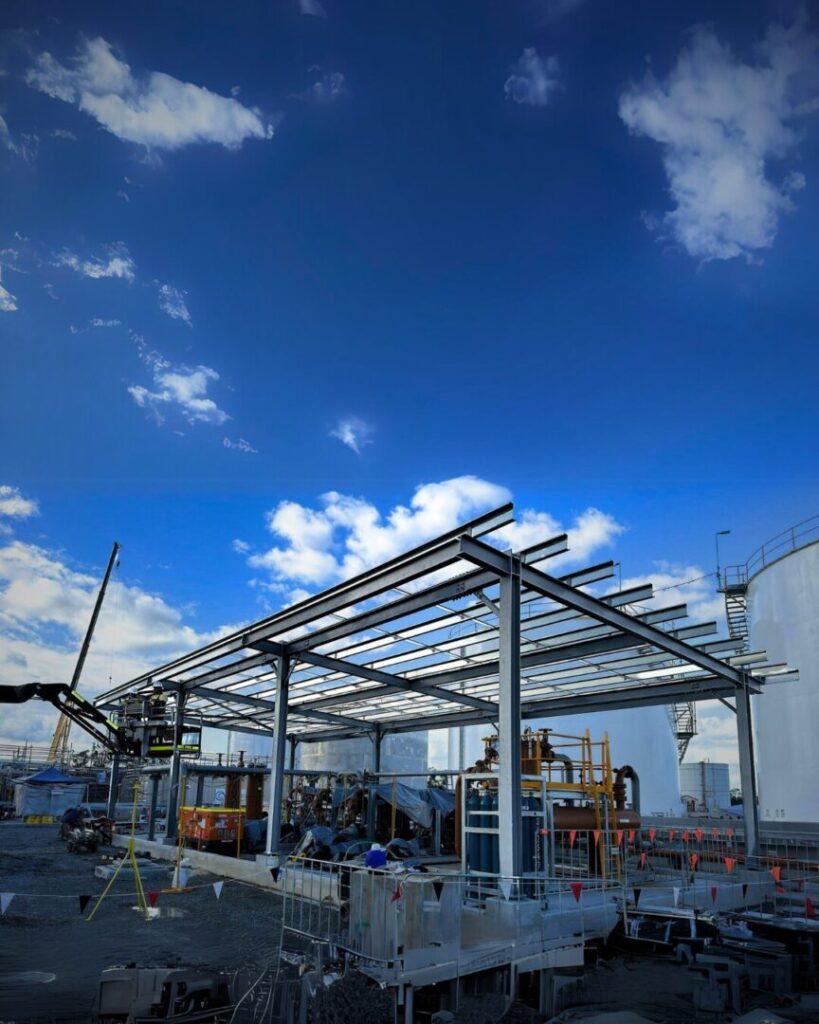Top 10 Benefits of Using Steel for Onsite Fabrication: Why Choose Steel?
Discover the top 10 benefits of using steel for onsite fabrication and why architects, builders, and project managers prefer this durable, cost-effective, and environmentally friendly material for their construction projects.
The use of steel in construction has been growing in popularity in recent years due to its many benefits. Steel is versatile, cost-effective, and durable, making it a popular choice for onsite fabrication. Steel is also an environmentally friendly material that can be recycled and reused, making it a sustainable choice for construction projects. In this article, we will explore the top 10 benefits of using steel for onsite fabrication.
- Durability: One of the primary benefits of using steel for onsite fabrication is its durability. Steel is a robust and long-lasting material that can withstand harsh weather conditions and natural disasters. It is also resistant to fire, rot, and pests, making it an excellent choice for buildings that need to withstand extreme environments. Steel is also resistant to rust and corrosion, making it a low-maintenance material that requires minimal upkeep.
- Strength: Steel is one of the strongest materials available, making it an ideal choice for onsite fabrication. It has a high strength-to-weight ratio, meaning it can support heavy loads without adding unnecessary weight to the building. Steel is also flexible and can be moulded into various shapes and sizes without losing its strength, making it an excellent choice for complex construction projects.
- Cost-effectiveness: Steel is a cost-effective material for onsite fabrication due to its durability and strength. Although the initial cost of steel may be higher than other materials, its longevity and low maintenance requirements make it a more cost-effective option in the long run. Steel buildings also require less energy to heat and cool, leading to lower energy bills and reduced carbon emissions.
- Speed of Construction: Steel buildings can be constructed quickly compared to other materials. Onsite fabrication using steel allows for pre-fabrication of building components, which reduces the time and cost of construction. Steel buildings can also be assembled in various weather conditions, making them an ideal choice for projects that need to be completed quickly.\
- Design Flexibility: Steel offers flexibility in design due to its strength and versatility. Steel buildings can be designed in various shapes and sizes, making it an ideal choice for projects that require unique architectural designs. Steel can also be used in combination with other materials, such as glass or wood, to create aesthetically pleasing structures.
- Environmentally Friendly: Steel is an environmentally friendly material that can be recycled and reused, making it a sustainable choice for construction projects. The use of recycled steel reduces the need for mining and conserves natural resources. Steel buildings also have a lower carbon footprint compared to other materials, making them an ideal choice for eco-friendly construction projects.
- Low Maintenance: Steel is a low-maintenance material that requires minimal upkeep. It is resistant to rust, corrosion, and pests, making it an ideal choice for buildings in harsh environments. Steel buildings also require less energy to heat and cool, leading to lower energy bills and reduced carbon emissions.
- Fire Resistance: Steel is fire-resistant, which makes it a safer choice for onsite fabrication. Steel buildings can withstand high temperatures and are less likely to collapse during a fire. This makes steel a preferred material for buildings that require higher levels of fire protection, such as hospitals, schools, and other public buildings.
- Pest Resistance: Steel is also pest-resistant, making it an ideal choice for buildings in areas with high pest activity. Unlike wood, which is susceptible to termites and other pests, steel is not a food source for pests, which reduces the risk of infestations and damage to the building.
- Longevity: Steel is a long-lasting material that can withstand the test of time. It has a high resistance to corrosion and rust, which reduces the need for maintenance and repair. Steel buildings can last for decades or even centuries, making them an ideal choice for buildings that need to stand the test of time.


